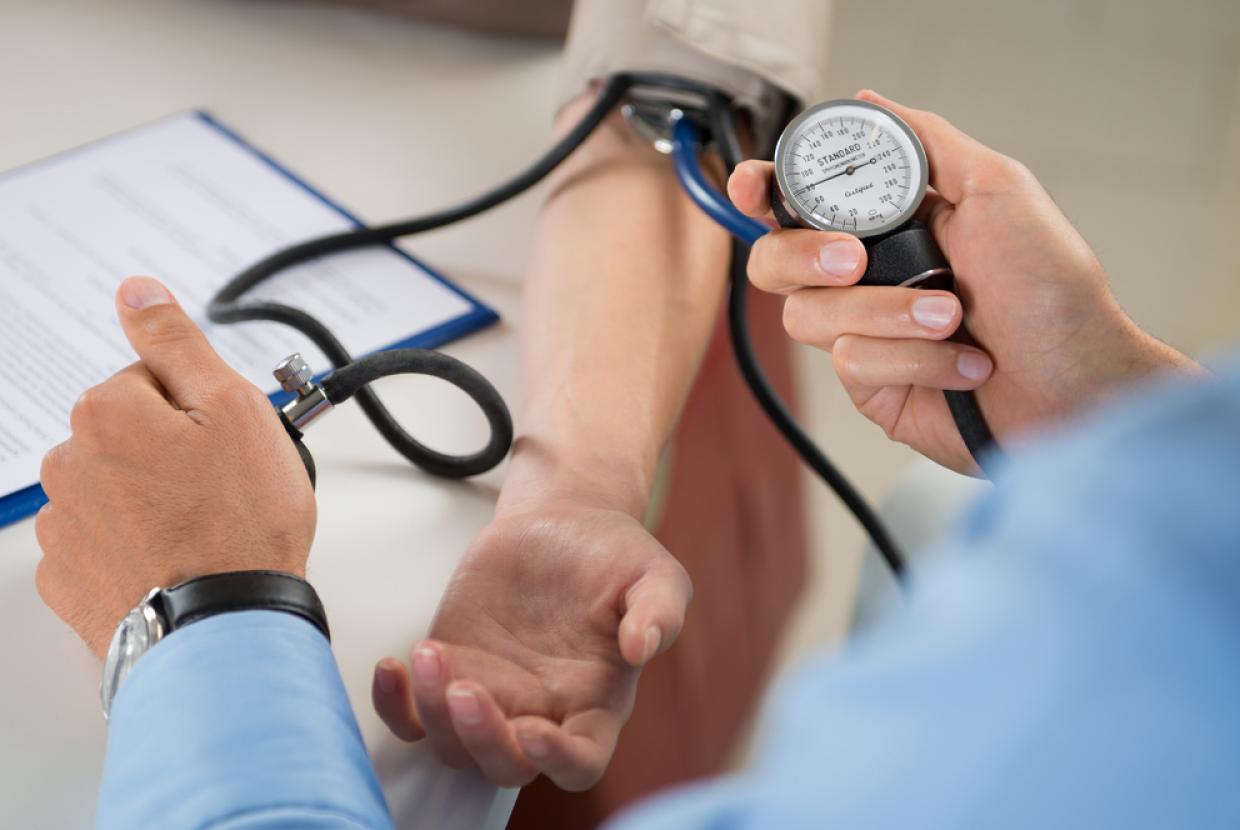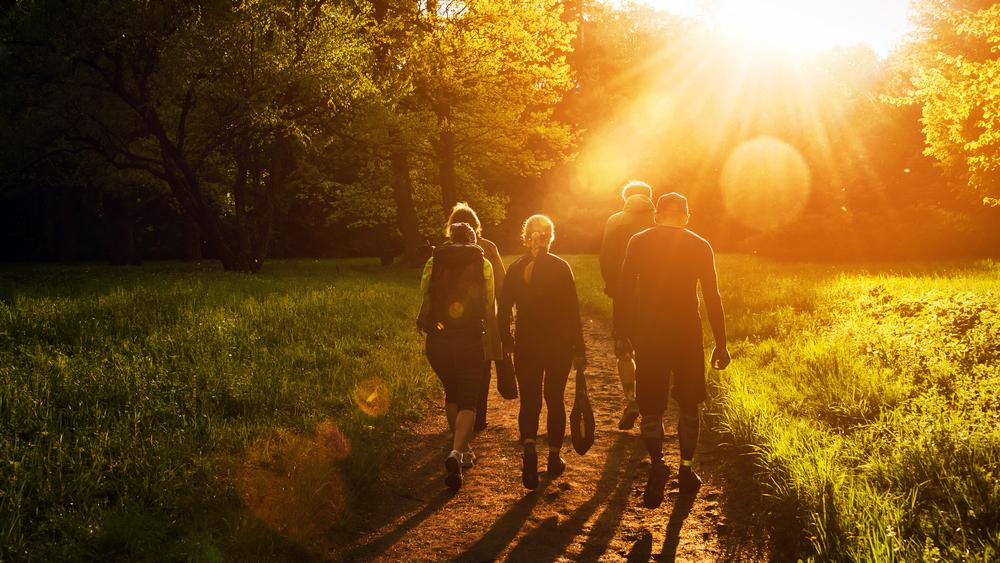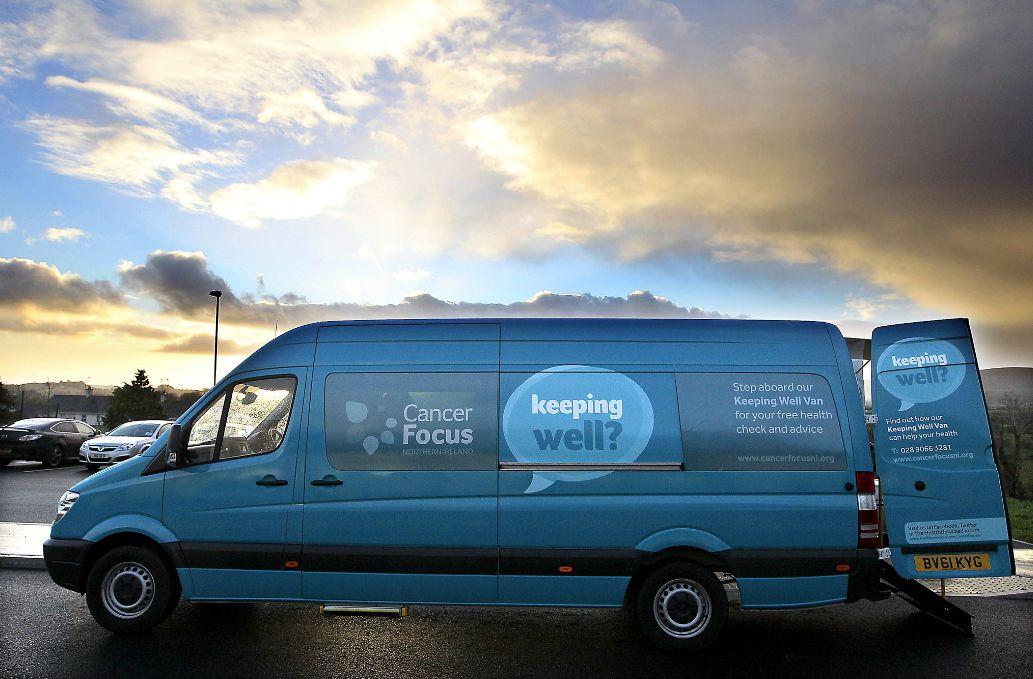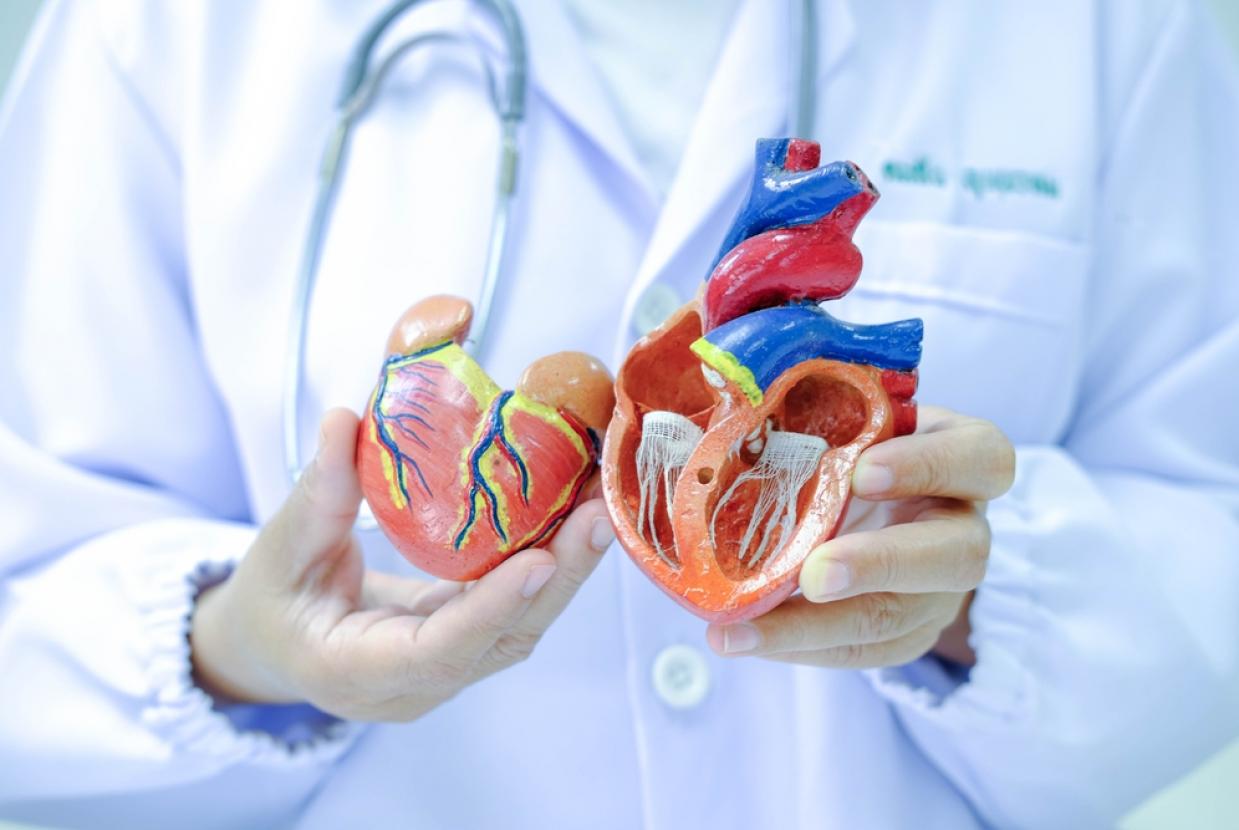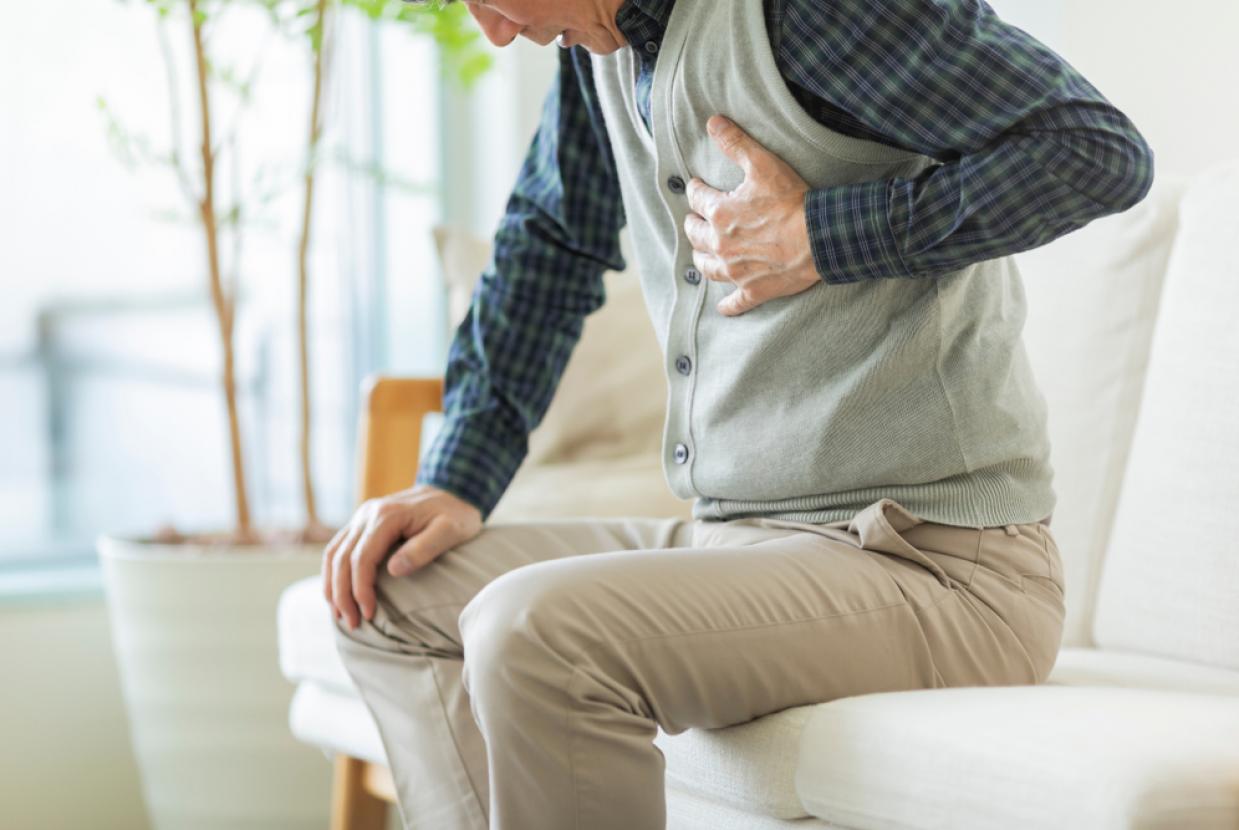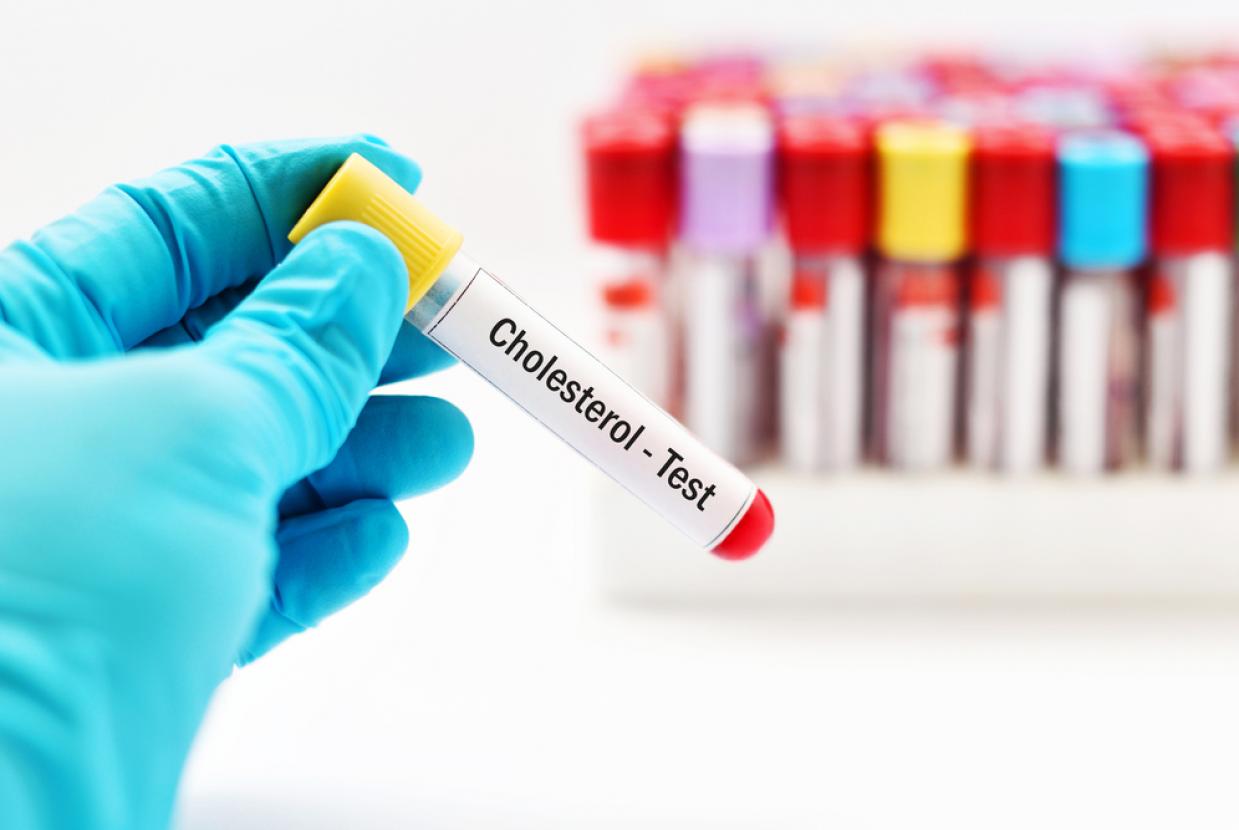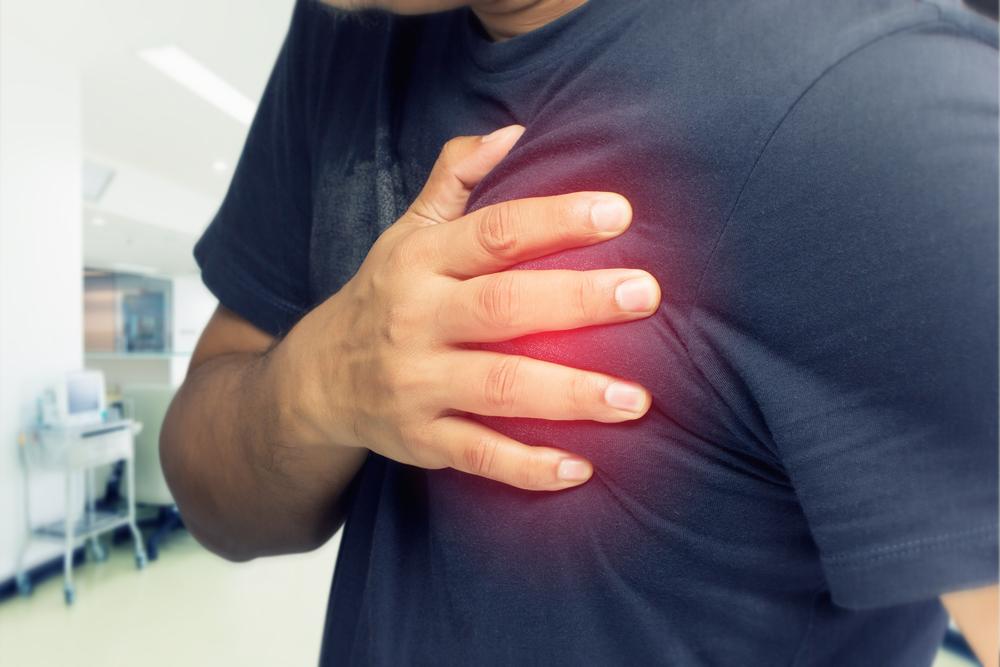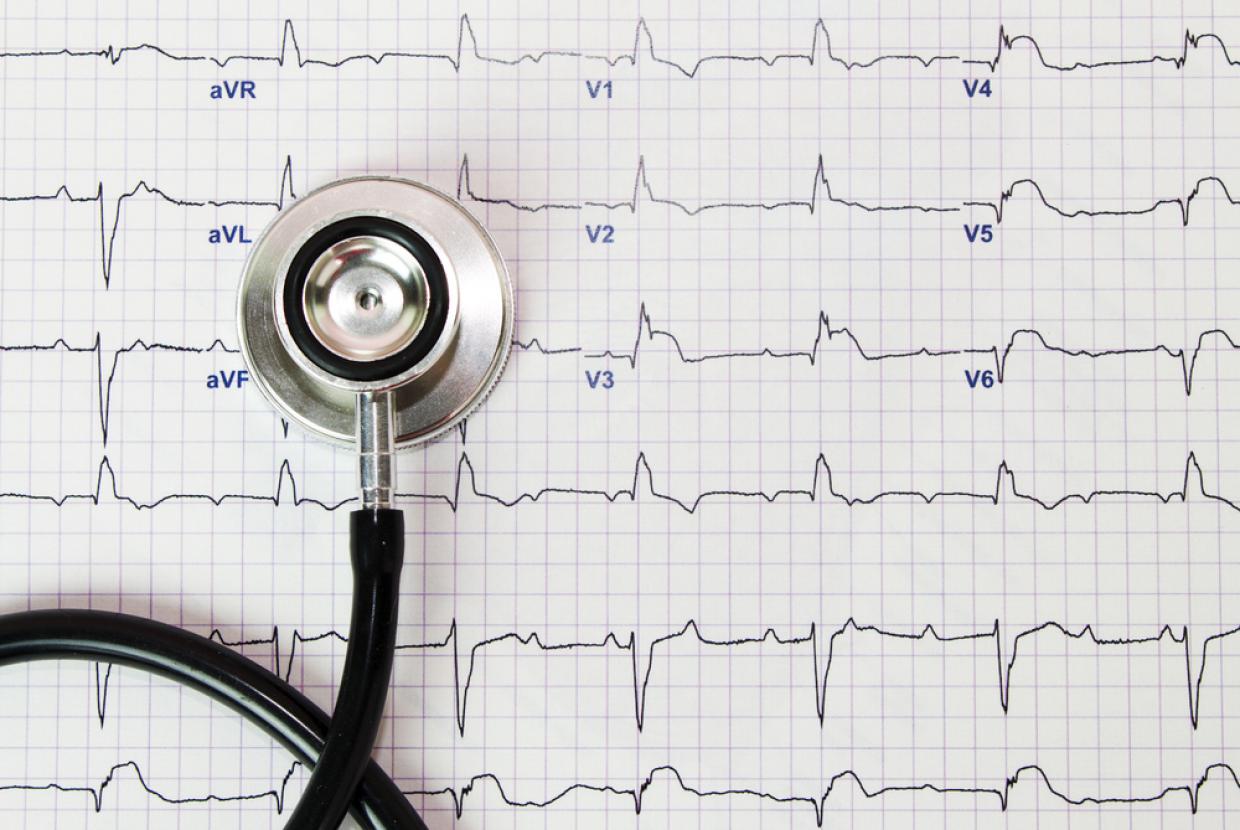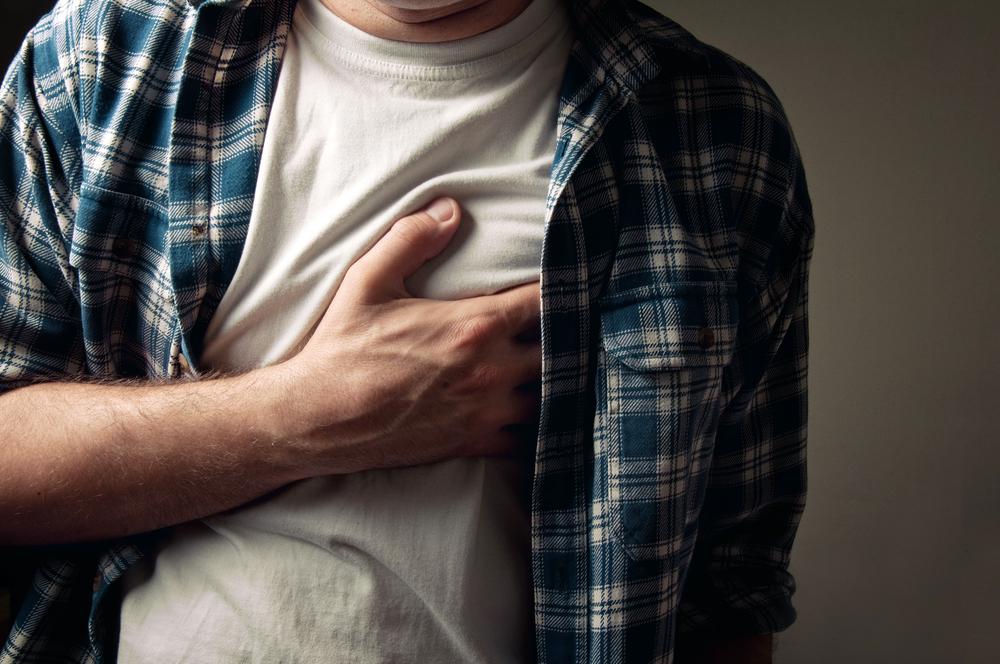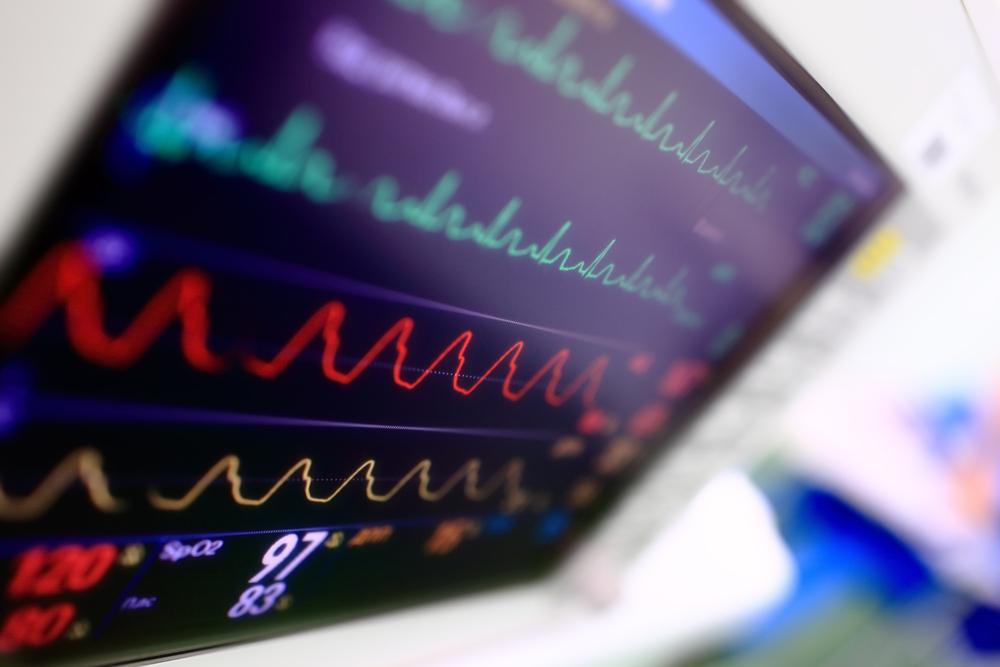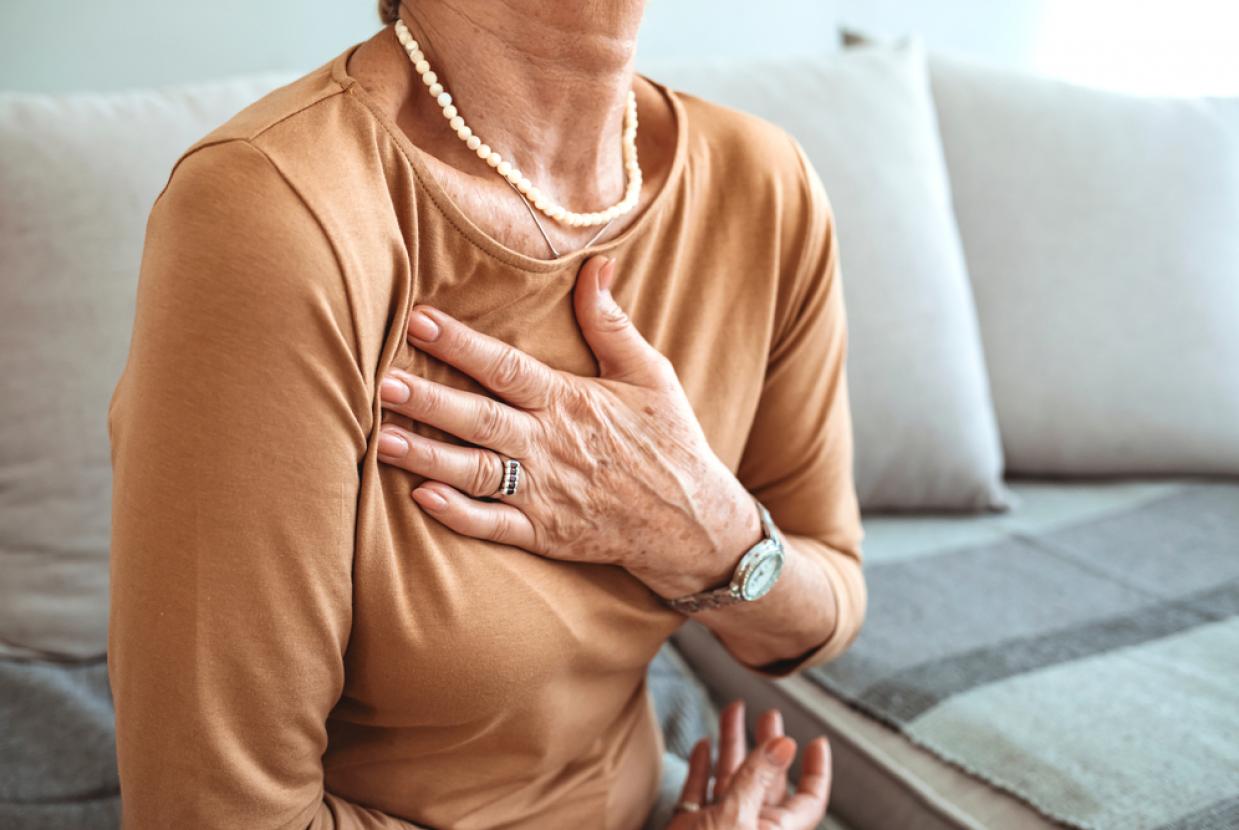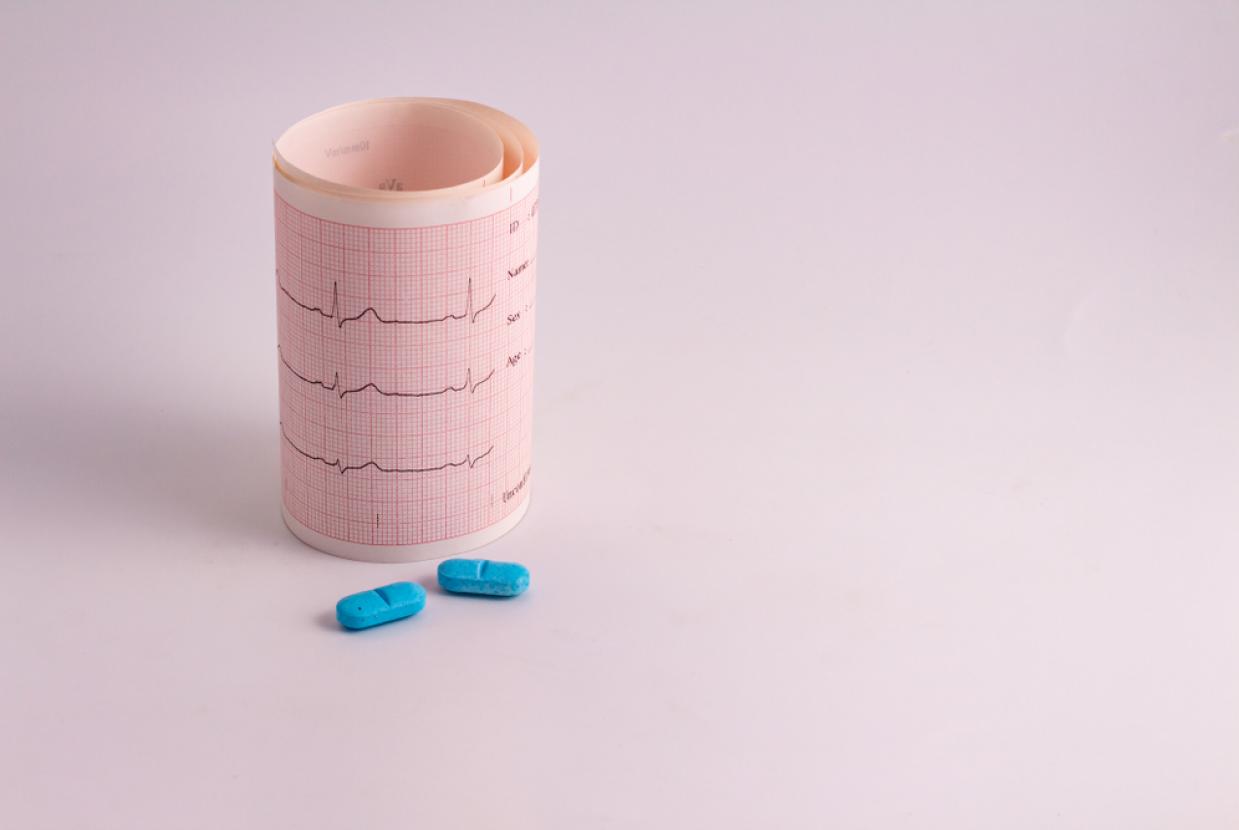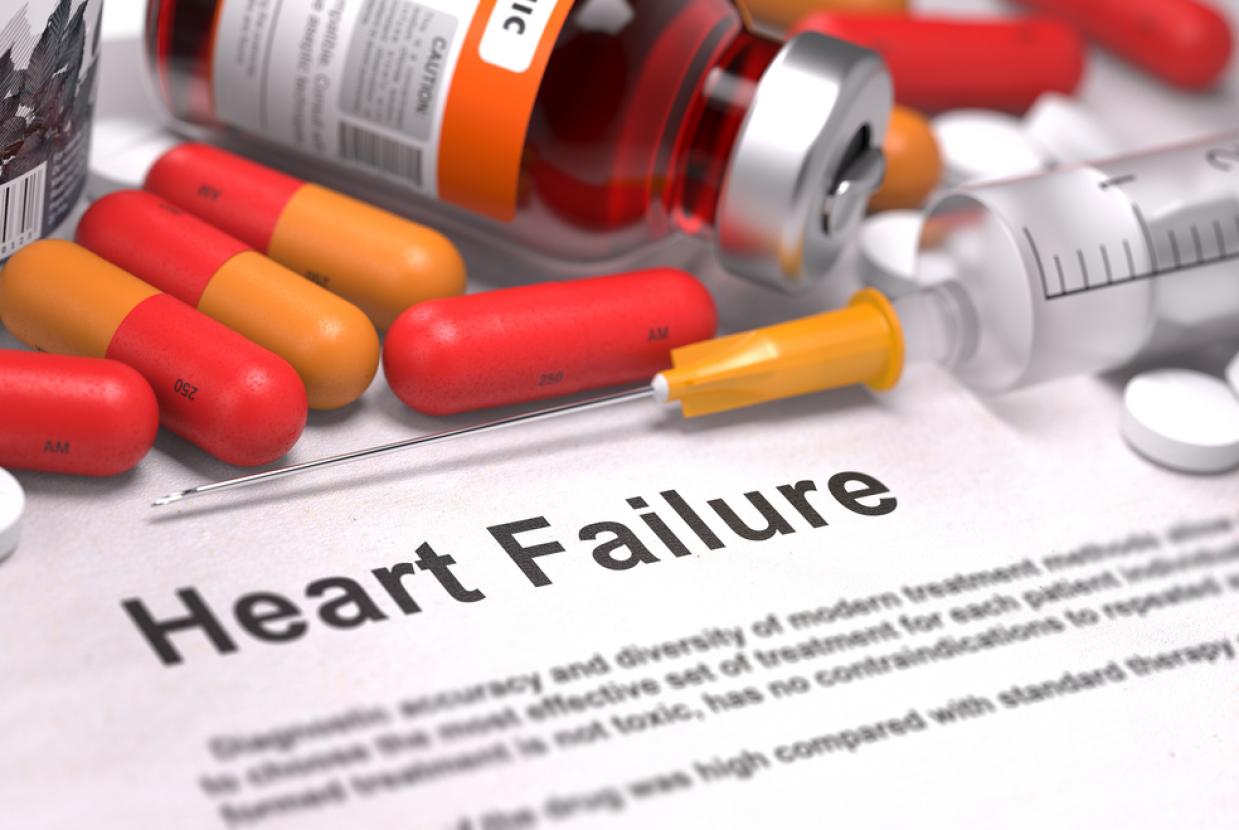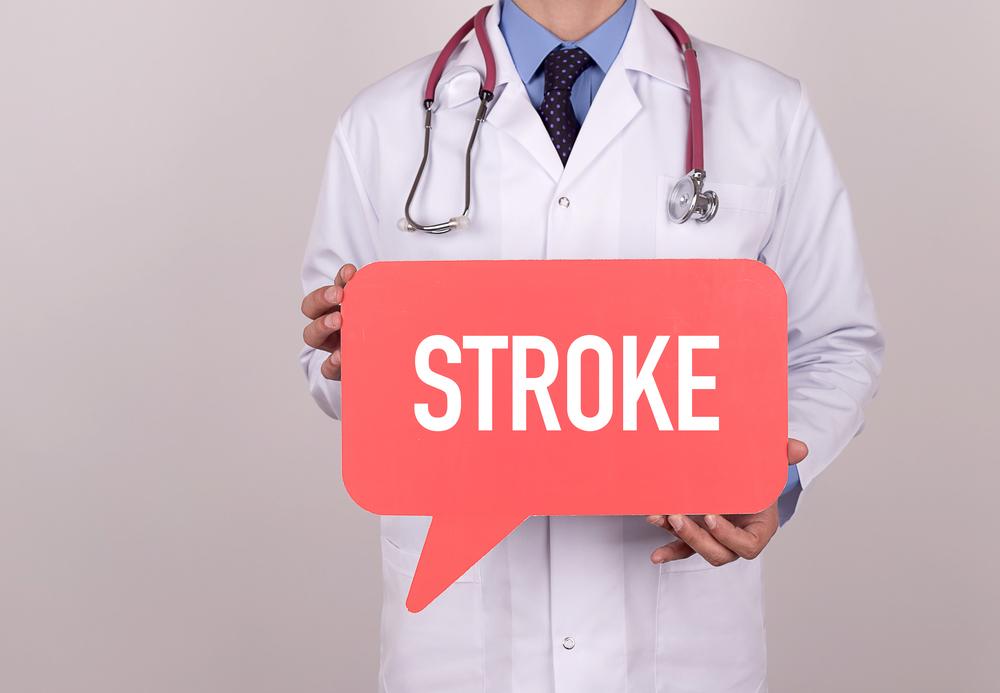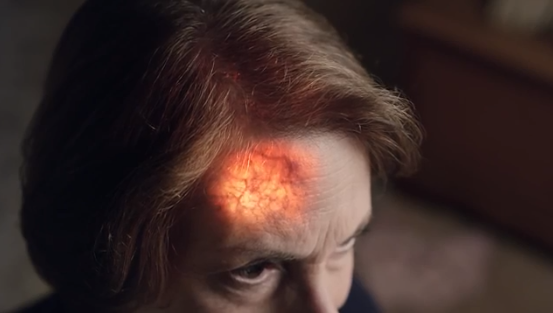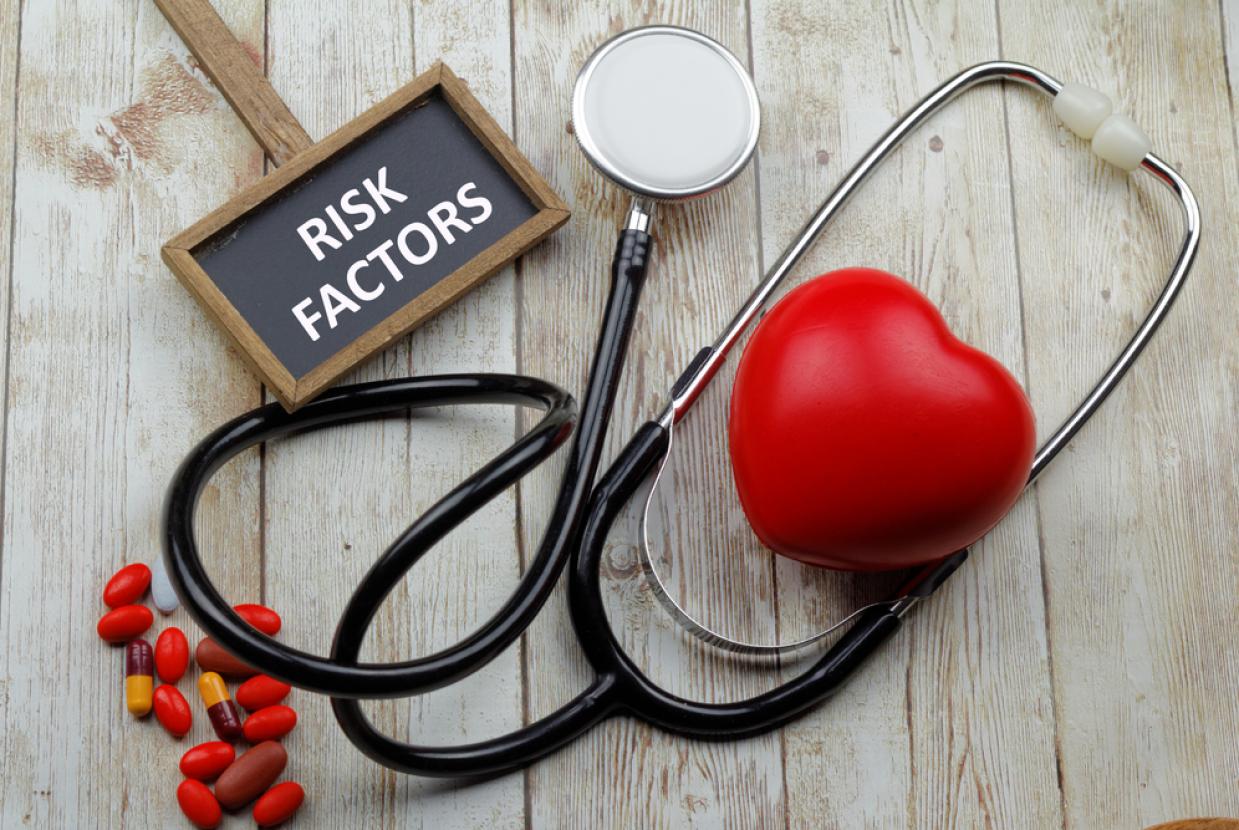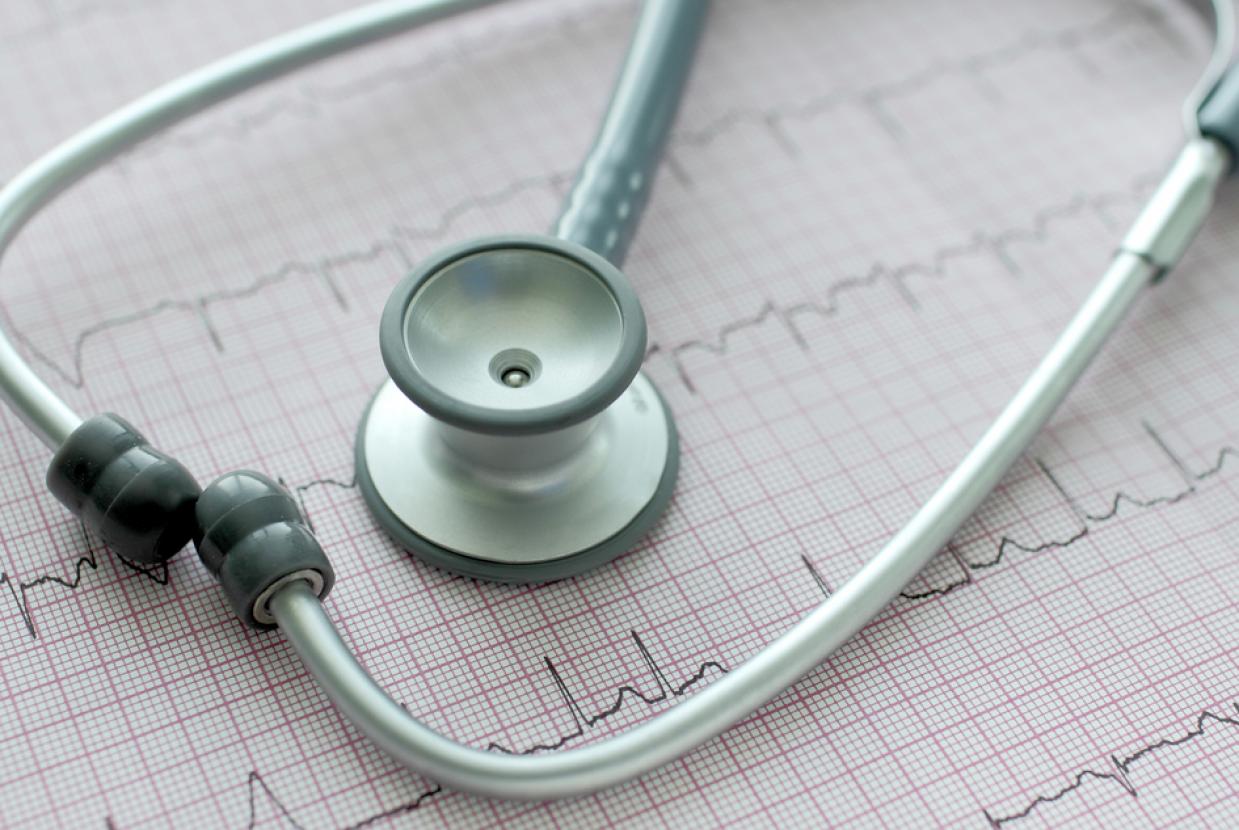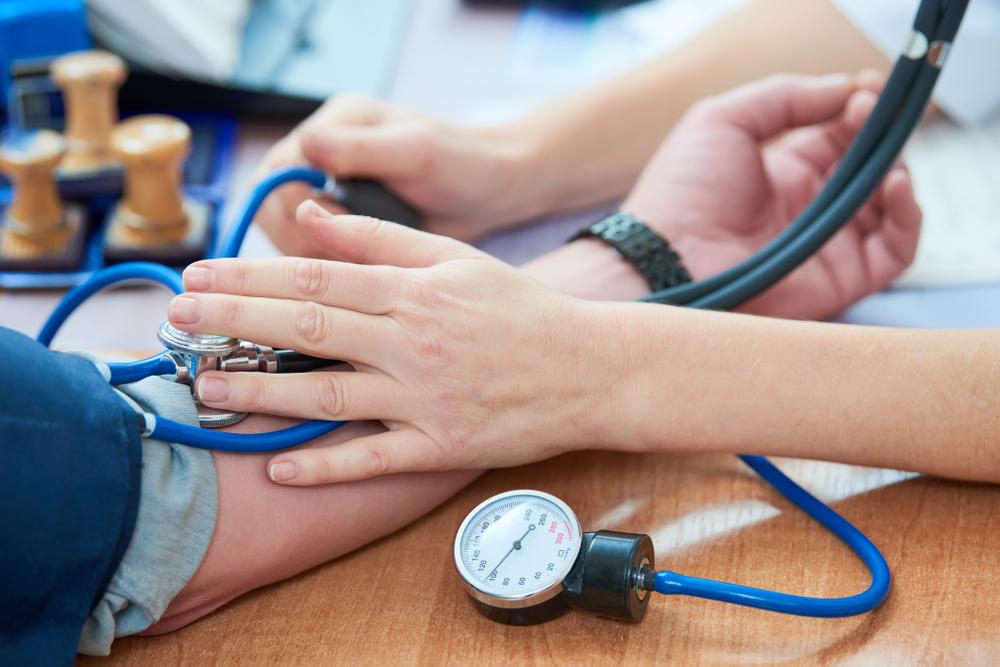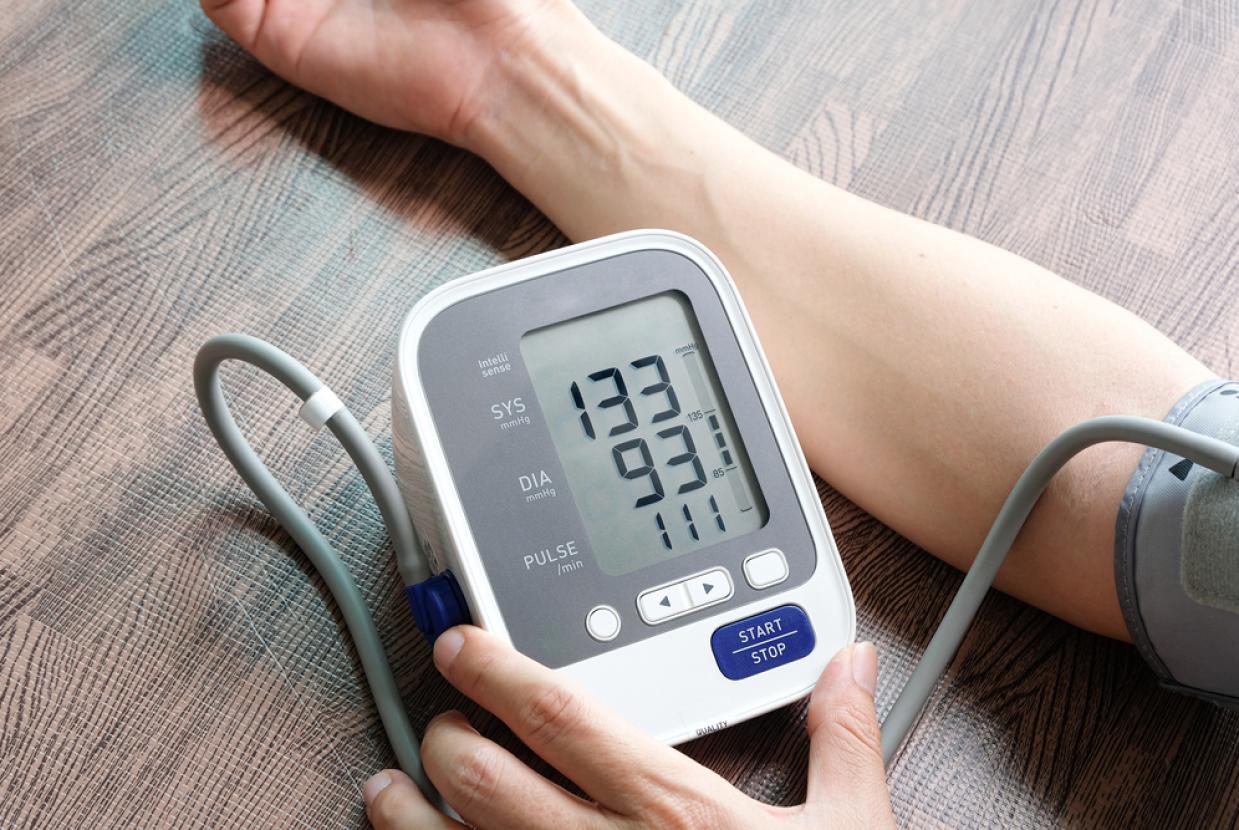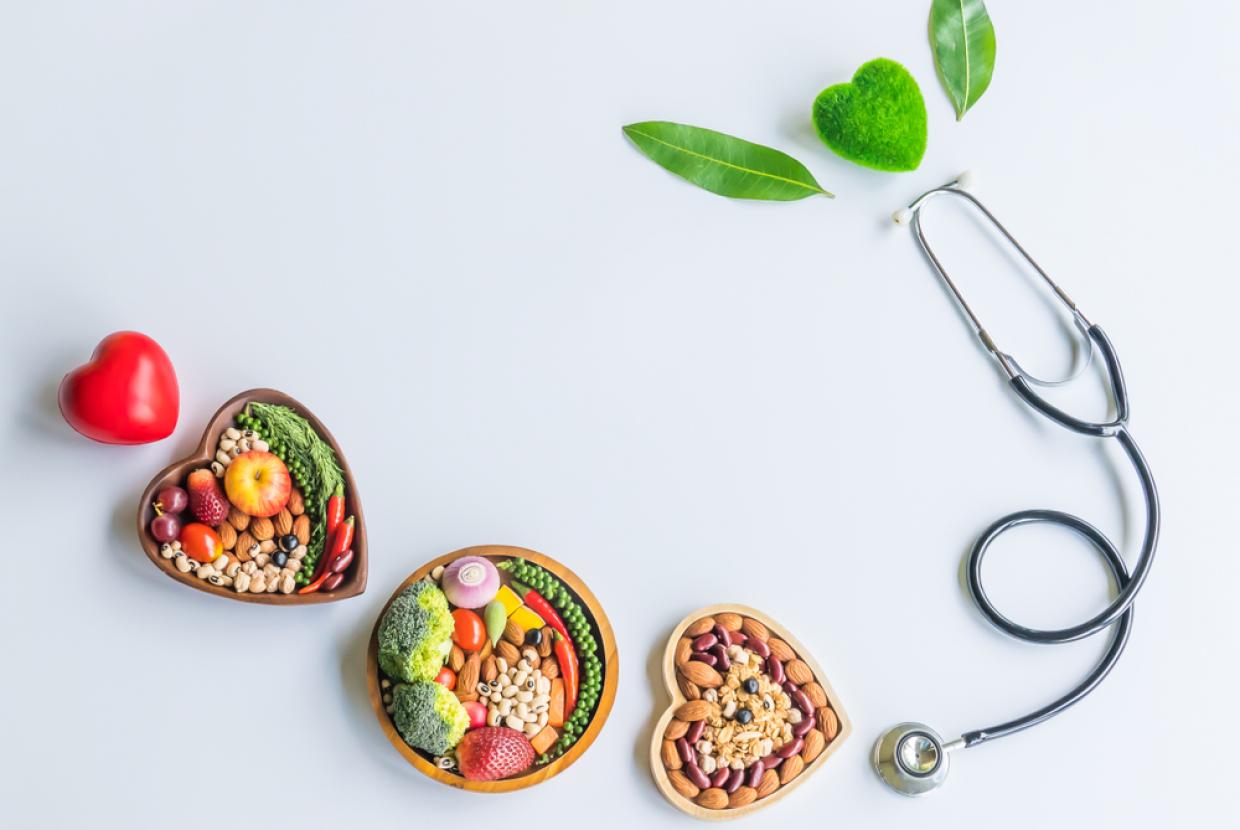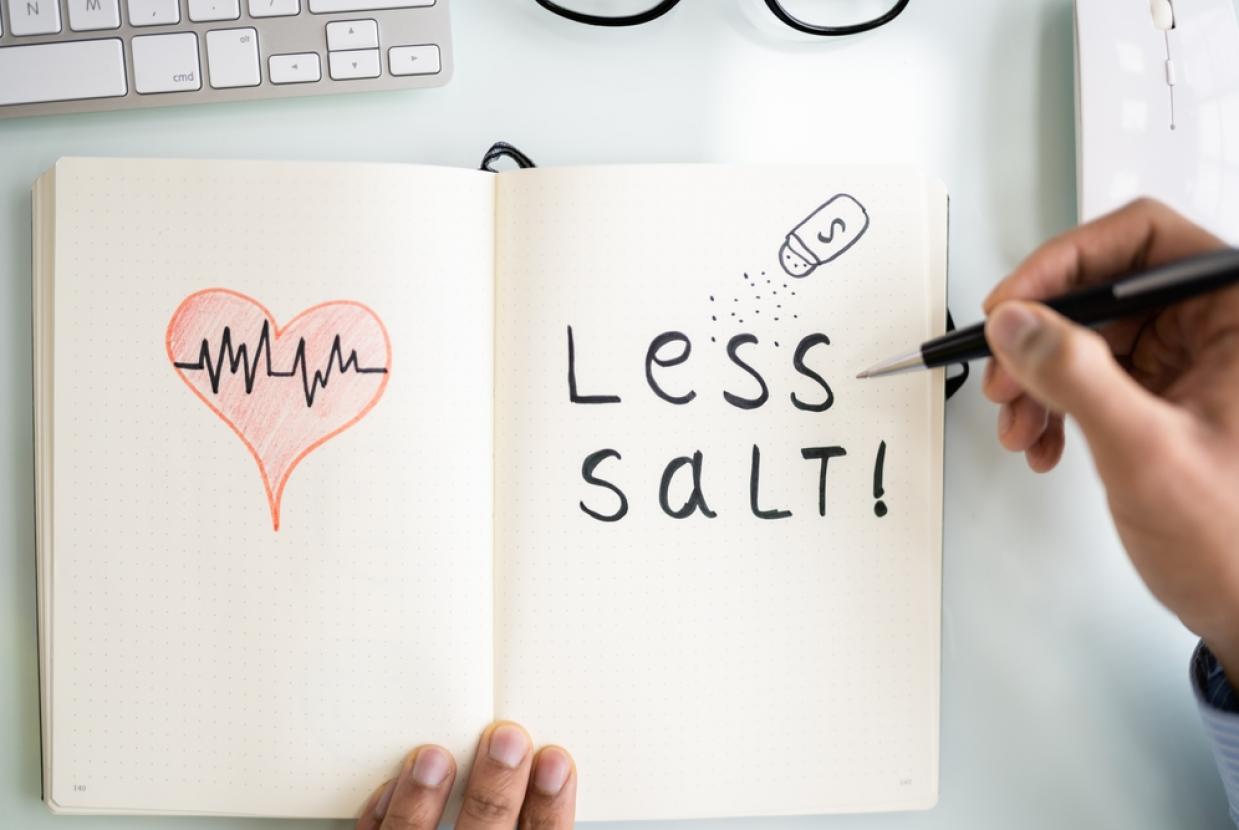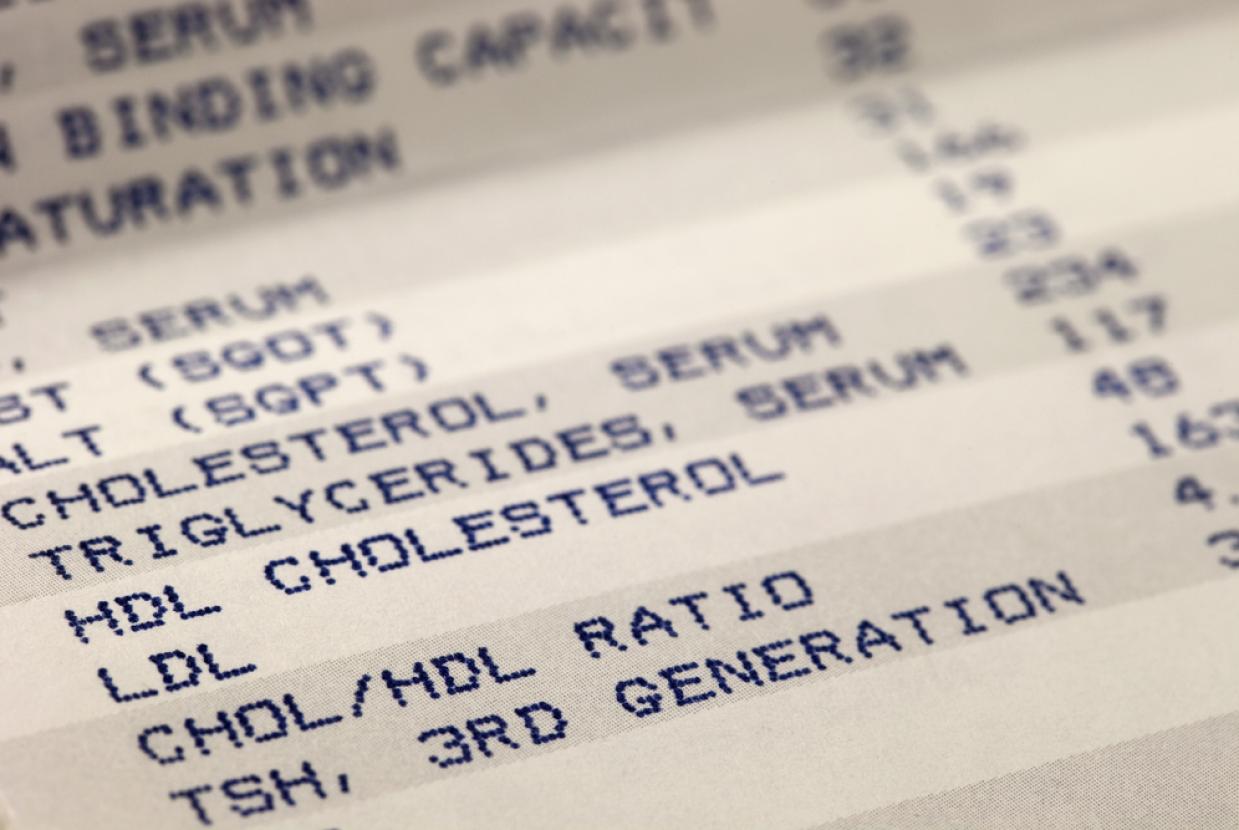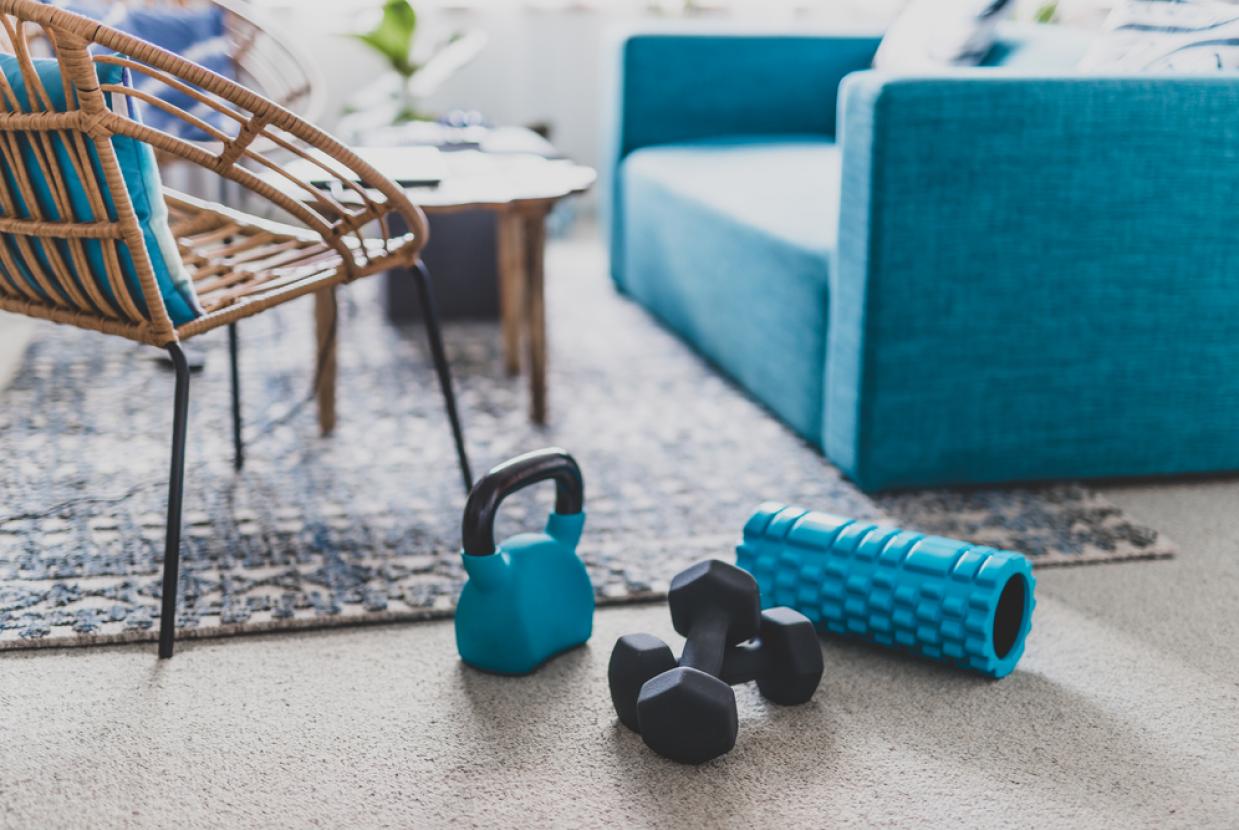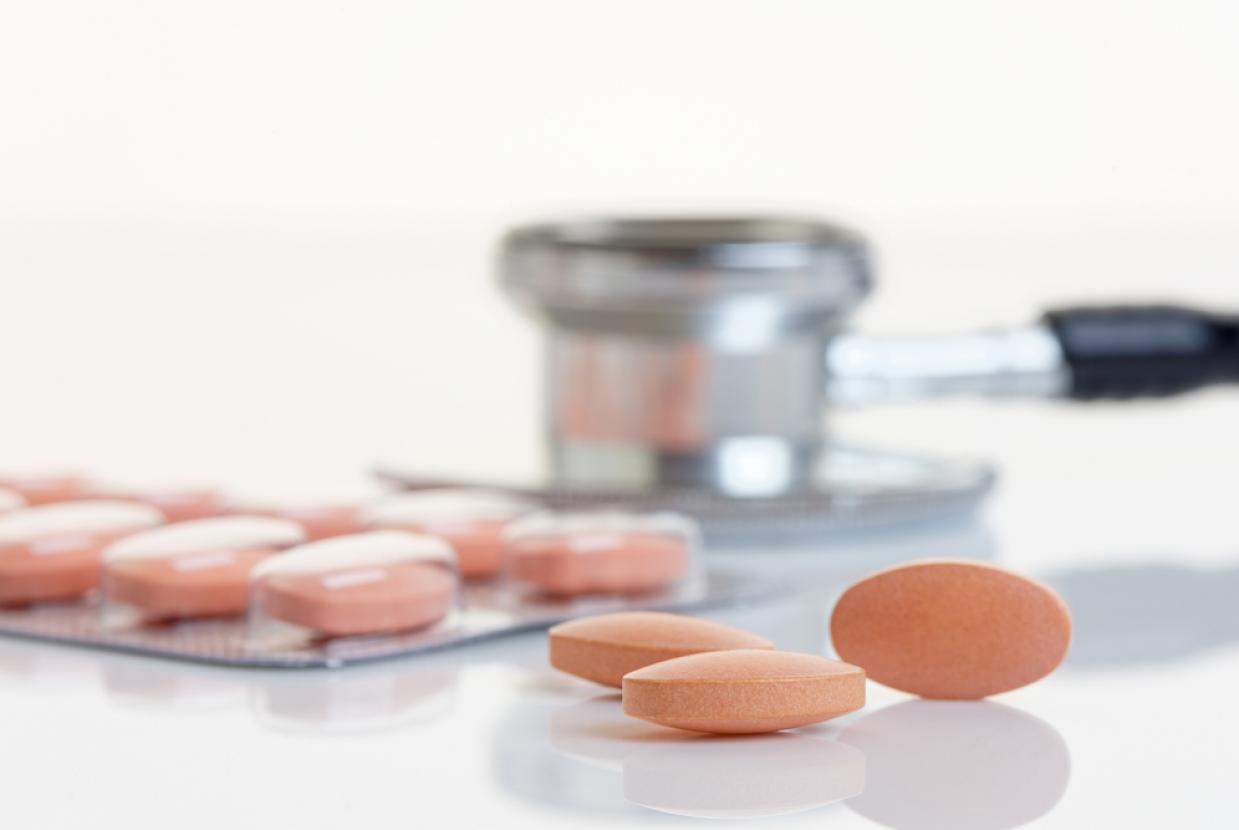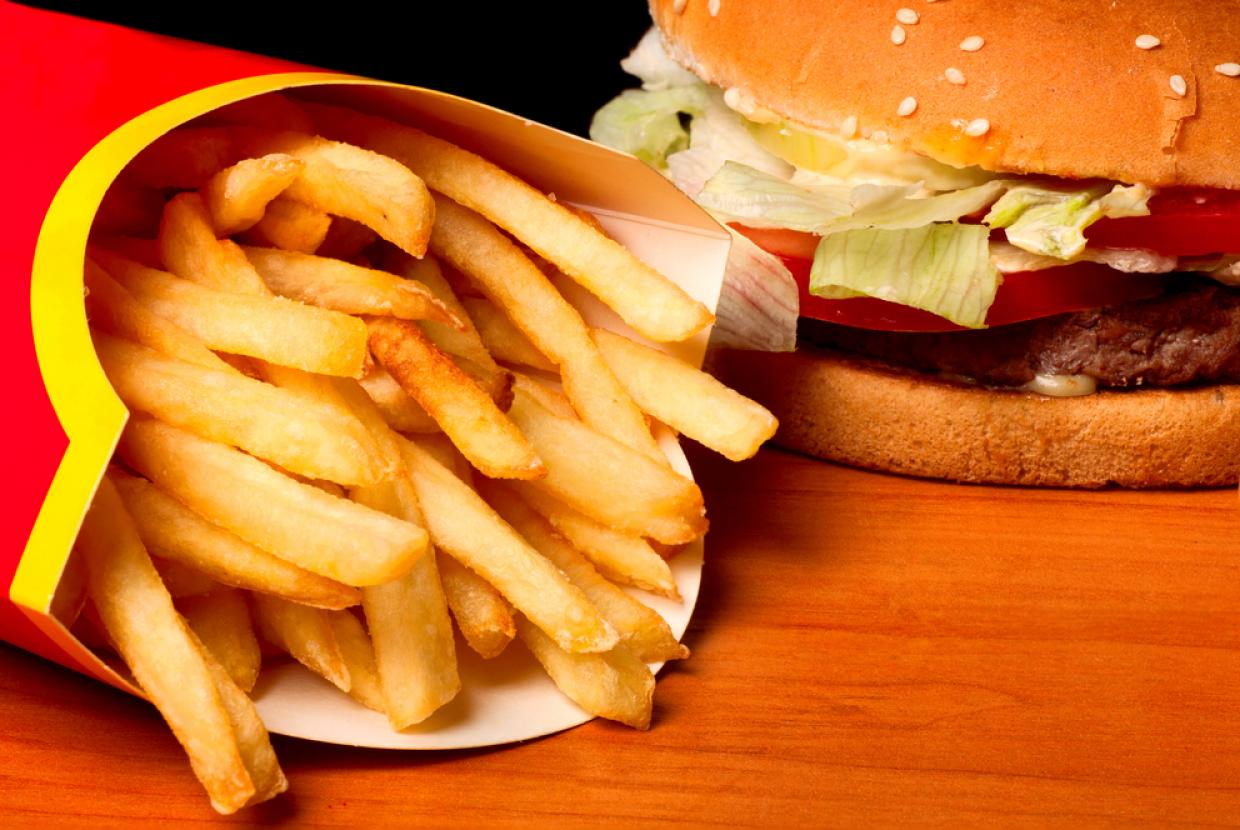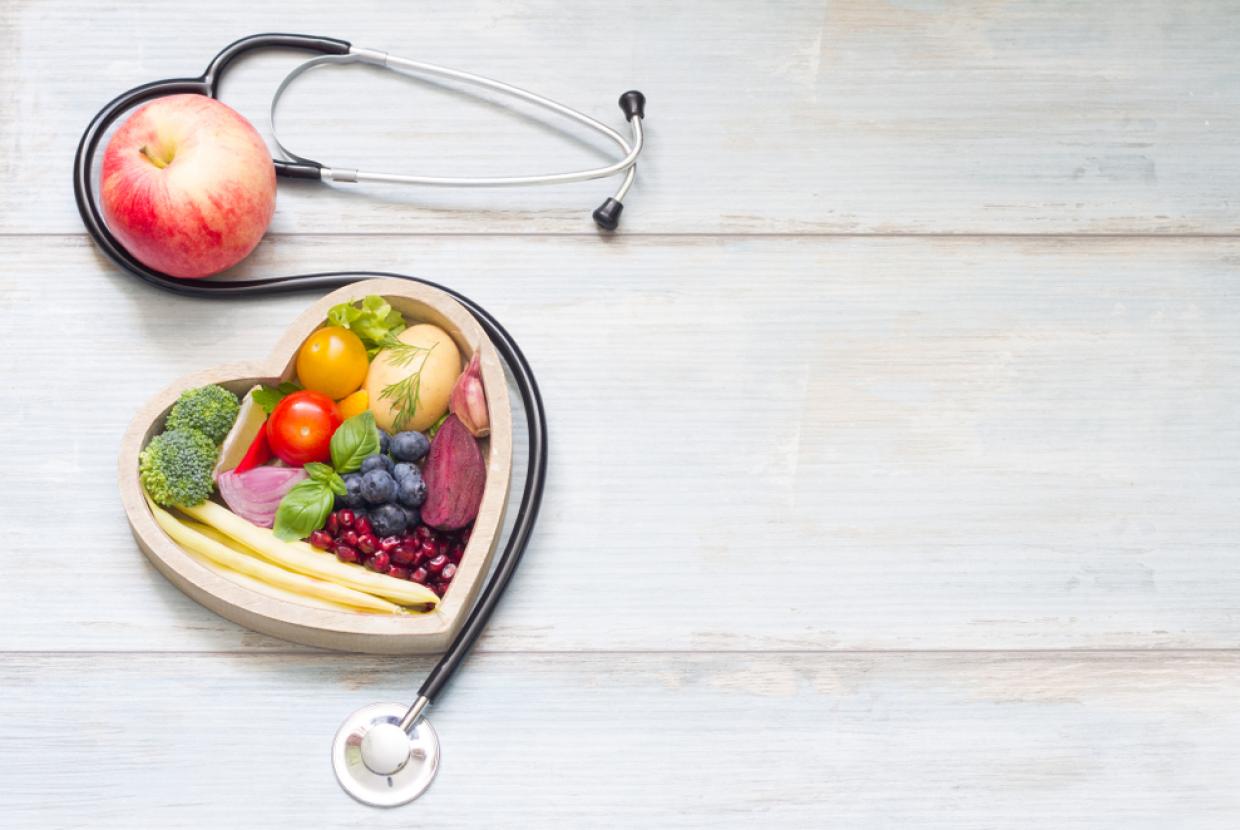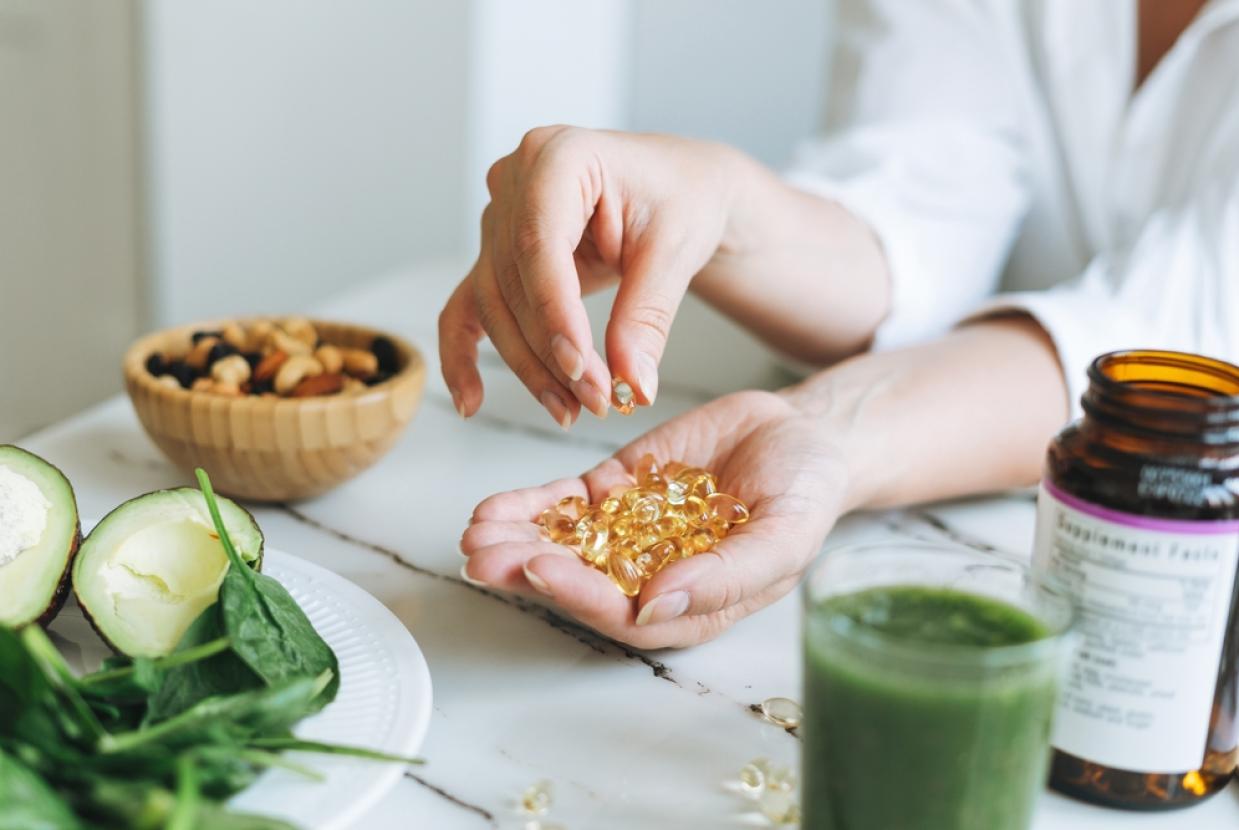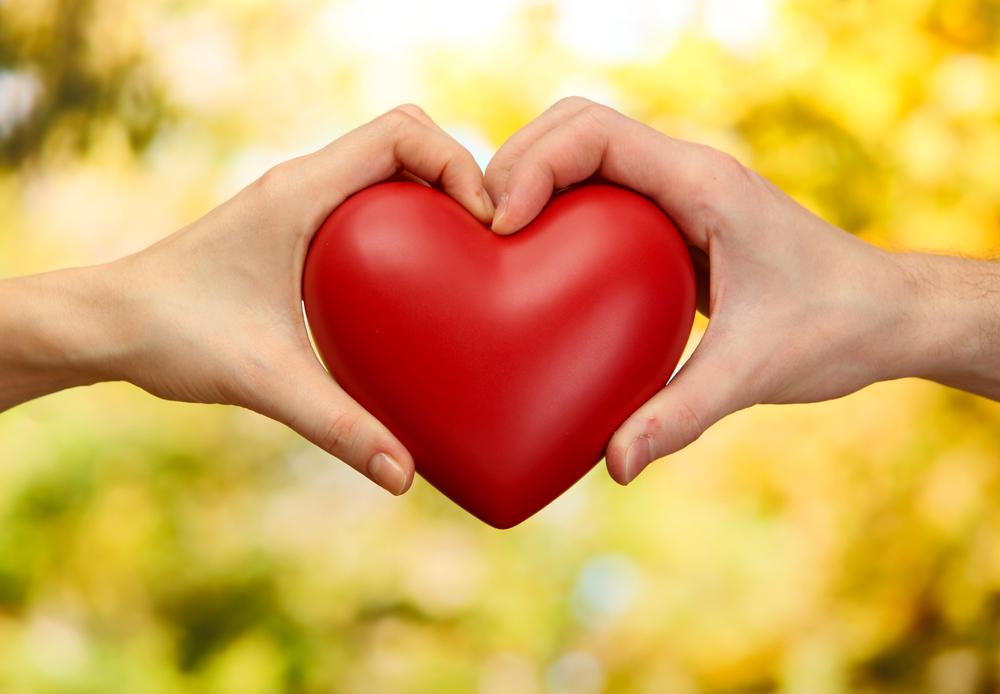CPR - Would you know what to do?
Heart HealthCardiopulmonary resuscitation (CPR) is a first aid technique that can be used if someone is not breathing properly or if their heart has stopped.
Chest compressions and rescue breaths keep blood and oxygen circulating in the body.
If someone is unconscious and not breathing normally, call 999 and start CPR straight away.
When you call 999 for an ambulance, you should be given basic life-saving instructions over the phone, including advice about CPR.
CPR on adultsIf you have been trained in CPR, including rescue breaths, and feel confident using your skills, you should give chest compressions with rescue breaths.
If you're not completely confident, attempt hands-only CPR instead.
Hands-only CPRTo carry out a chest compression:
- Kneel next to the person and place the heel of your hand on the breastbone at the centre of their chest. Place the palm of your other hand on top of the hand that's on their chest and interlock your fingers.
- Position yourself so your shoulders are directly above your hands.
- Using your body weight (not just your arms), press straight down by 5 to 6cm (2 to 2.5 inches) on their chest.
- Keeping your hands on their chest, release the compression and allow their chest to return to its original position.
- Repeat these compressions at a rate of 100 to 120 times a minute until an ambulance arrives or for as long as you can.
- Place the heel of your hand on the centre of the person's chest, then place the palm of your other hand on top and press down by 5 to 6cm (2 to 2.5 inches) at a steady rate of 100 to 120 compressions a minute.
- After every 30 chest compressions, give 2 rescue breaths.
- Tilt the person's head gently and lift the chin up with 2 fingers. Pinch the person's nose. Seal your mouth over their mouth and blow steadily and firmly into their mouth for about 1 second. Check that their chest rises. Give 2 rescue breaths.
- Continue with cycles of 30 chest compressions and 2 rescue breaths until they begin to recover or emergency help arrives.
You should carry out CPR with rescue breaths on a child. It's more likely children will have a problem with their airways and breathing than a problem with their heart.
Children over 1 year- Open the child's airway by placing 1 hand on their forehead and gently tilting their head back and lifting the chin. Remove any visible obstructions from their mouth and nose.
- Pinch the child's nose. Seal your mouth over their mouth, and blow steadily and firmly into their mouth, checking that their chest rises. Give 5 initial rescue breaths.
- Place the heel of 1 hand on the centre of the child's chest and push down by 5cm (about 2 inches), which is approximately one-third of the chest diameter. The quality (depth) of chest compressions is very important. Use 2 hands if you can't achieve a depth of 5cm using 1 hand.
- After every 30 chest compressions at a rate of 100 to 120 a minute, give 2 breaths.
- Continue with cycles of 30 chest compressions and 2 rescue breaths until the child begins to recover or emergency help arrives.
- Open the infant's airway by placing 1 hand on their forehead and gently tilting the head back and lifting their chin. Remove any visible obstructions from their mouth and nose.
- Place your mouth over the infant's mouth and nose and blow steadily and firmly into their mouth, checking that their chest rises. Give 5 initial rescue breaths.
- Place 2 fingers in the middle of the infant's chest and push down by 4cm (about 1.5 inches), which is approximately one-third of the chest diameter. The quality (depth) of chest compressions is very important. Use the heel of 1 hand if you can't achieve a depth of 4cm using the tips of 2 fingers.
- After 30 chest compressions at a rate of 100 to 120 a minute, give 2 rescue breaths.
- Continue with cycles of 30 chest compressions and 2 rescue breaths until the infant begins to recover or emergency help arrives.


